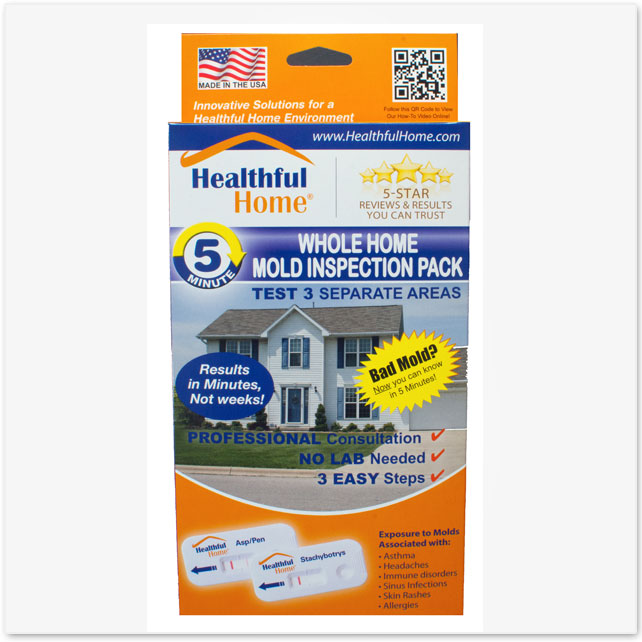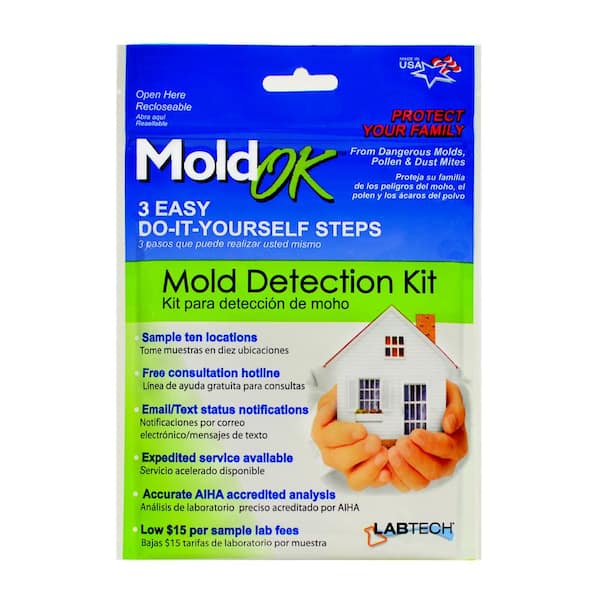Improve Your Security Protocols with Professional Mycotoxin testing Services
Improve Your Security Protocols with Professional Mycotoxin testing Services
Blog Article
Just How Mycotoxin Screening Assists Avoid Contamination and Protect Food Materials

Mycotoxin testing is an important method in the food market, offering as a frontline defense versus contamination by harmful toxic substances produced by mold and mildews. Via the application of innovative techniques like High-Performance Liquid Chromatography (HPLC) and Liquid Chromatography-Mass Spectrometry (LC-MS), food producers can precisely measure and identify mycotoxin levels in agricultural products. This aggressive technique not just makes certain compliance with rigorous safety policies yet additionally mitigates wellness threats to consumers. Furthermore, normal screening fortifies brand name online reputation and economic health by reducing contamination-related events. Just how precisely do these screening protocols incorporate right into the broader food security approach?
Understanding Mycotoxins
Recognizing mycotoxins starts with acknowledging that they are harmful additional metabolites generated by certain molds, which can contaminate agricultural products. These metabolites are not necessary for the development or reproduction of the fungi yet can have severe ramifications for animal and human wellness. Mycotoxins are typically located in staple plants such as corn, wheat, barley, and nuts, where they can proliferate under particular problems of wetness and temperature level.
There are a number of types of mycotoxins, each generated by different fungal species. Fusarium varieties produce fumonisins and trichothecenes, both of which are linked with different severe and chronic health issues.

Dangers of Mycotoxin Contamination
The threats of mycotoxin contamination are complex, posturing substantial dangers to both food security and public health. Mycotoxins, poisonous compounds generated by particular sorts of fungi, can contaminate a variety of farming items consisting of cereals, nuts, spices, dried out fruits, and coffee. When these toxins penetrate the food supply, they can cause severe health concerns such as liver damage, kidney failure, and also cancer cells. At risk populaces, including kids, the elderly, and immunocompromised people, are specifically at threat.
Economic effects are another significant concern. Infected plants can lead to substantial economic losses for farmers and food manufacturers because of reduced returns and the requirement for costly decontamination actions. International trade can be dramatically hindered as nations enforce stringent mycotoxin laws to protect their populations, leading to turned down deliveries and stretched profession relations.
Environmental elements such as climate modification worsen the danger of mycotoxin contamination. Variants in temperature level and moisture can develop favorable conditions for fungal growth, enhancing the probability of contamination occasions. Therefore, understanding and mitigating these threats are critical for guaranteeing the security and stability of worldwide food materials.
Techniques of Mycotoxin Evaluating
Accurately determining mycotoxin contamination in agricultural products is vital for securing public health and wellness and preserving food security requirements. Different techniques are utilized to find and evaluate mycotoxins, each offering certain benefits and limitations.
High-Performance Liquid Chromatography (HPLC) is a widely utilized technique as a result of its high level of sensitivity and accuracy. It includes separating mycotoxins from other compounds in a sample, making it possible for accurate metrology. Similarly, Liquid Chromatography-Mass Spectrometry (LC-MS) integrates fluid chromatography with mass spectrometry to give thorough molecular information, making it particularly helpful for identifying numerous mycotoxins all at once - Mycotoxin testing Services.

Gas Chromatography-Mass Spectrometry (GC-MS) and Thin-Layer Chromatography (TLC) are likewise utilized, each with one-of-a-kind applications. GC-MS is efficient for unpredictable mycotoxins, while TLC uses a simpler, cost-efficient choice for initial screening.
Advantages of Routine Testing
Normal screening for mycotoxins in farming items offers countless benefits, substantially contributing to public health and food safety and security. By recognizing read more contamination early, routine testing assists avoid the circulation of poisonous foods, thereby decreasing the risk of mycotoxin-related diseases among customers. This positive technique not just safeguards human health but also boosts the overall quality of food materials.
Different nations and regions have developed rigorous restrictions for mycotoxin levels in food and feed. Adhering to these limitations through routine screening makes certain that manufacturers and providers fulfill lawful requirements, therefore staying clear of fines and trade obstacles.
In addition, normal mycotoxin testing can result in considerable financial advantages. Early discovery of contamination permits for timely intervention, decreasing possible losses from prevalent contamination. Executing routine screening methods can also reduce recall prices and related obligations, which can be economically ruining.
Additionally, routine screening provides useful data that can notify far better agricultural techniques and storage space conditions. By understanding patterns of contamination, producers can take on precautionary procedures, therefore reducing future dangers basics and adding to the sustainability of the food supply chain.
Applying Checking Methods
Applying effective mycotoxin testing protocols is critical for making certain the safety and quality of agricultural items. Establishing a robust testing framework entails numerous key steps, starting with the identification of prospective contamination points within the manufacturing and supply chain. This consists of pre-harvest, post-harvest, storage space, and distribution phases. Each stage should be looked at to determine where mycotoxin contamination is more than likely to occur.
When important control factors are identified, picking appropriate screening methods is crucial. Typical methods consist of enzyme-linked immunosorbent assay (ELISA), high-performance fluid chromatography (HPLC), and mass spectrometry (MS) Each method has its strengths and weak points; thus, selecting the right one depends upon the details mycotoxin being checked, the needed level of sensitivity, and offered sources.

Lastly, integrating the screening methods into a comprehensive food security management system is recommended. This improves traceability and enables speedy corrective actions when contamination is identified, therefore protecting the stability of the food supply chain.
Verdict
Mycotoxin screening is important in avoiding contamination and safeguarding food materials by enabling early detection of dangerous toxic substances created by molds in farming products. Regular screening boosts brand online reputation, monetary security, and trust fund in food safety and security by lessening contamination-related losses and preserving his explanation high criteria in food production.
Mycotoxin screening is an important practice in the food sector, offering as a frontline protection versus contamination by hazardous contaminants produced by molds. An incorporated method entailing farming practices, storage monitoring, and routine testing can reduce the dangers connected with mycotoxin contamination, making certain food safety and security and public health.
The dangers of mycotoxin contamination are diverse, posing significant hazards to both food safety and security and public wellness.Routine testing for mycotoxins in agricultural items uses many advantages, substantially contributing to public wellness and food security.Mycotoxin testing is vital in stopping contamination and securing food supplies by making it possible for early discovery of unsafe contaminants generated by molds in farming items.
Report this page